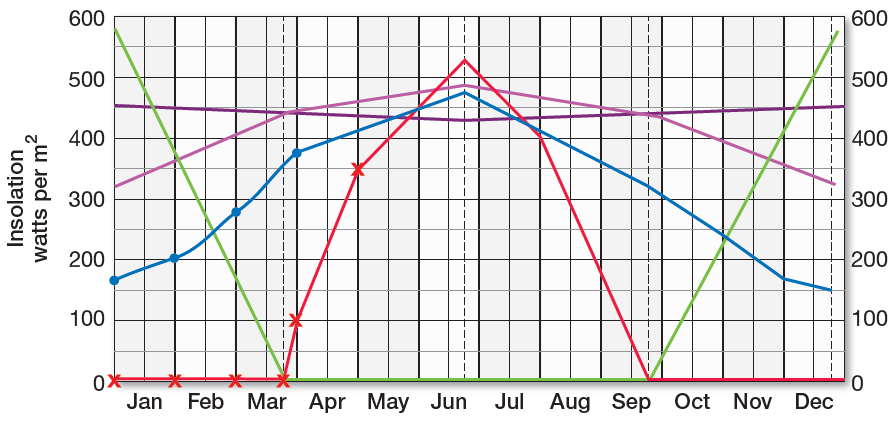Compare and contrast the plotted insolation values at the equator and either of the poles. What factors explain these different patterns of energy receipt?

What will be an ideal response?
Energy receipt (insolation) at the equator is consistently high throughout the year, whereas the receipt at the poles seasonally peaks higher and drops to zero. Earth’s curvature presents an increasingly oblique surface to the Sun’s rays at higher latitudes. This aspect of Earth’s sphericity produces oblique rays and diffuse energy at higher latitudes. Seasonality factors account for the opposing peaks and valleys and pattern of energy receipt.
You might also like to view...
Social class in Latin America is closely tied to
A) income. B) race. C) gender. D) geographic location. E) education.
 Which of the above molecules is a ketone?
Which of the above molecules is a ketone?
A. a B. b C. c D. d E. none of the above
Compare and contrast land plant communities of the Triassic and Jurassic with those of the Cretaceous. What will be an ideal response?
Which principle of relative dating can be used at Siccar Point in Scotland to determine that the rocks below the unconformity were tilted to vertical before erosion occurred?
A. lateral continuity B. original horizontality C. contact effects D. inclusions